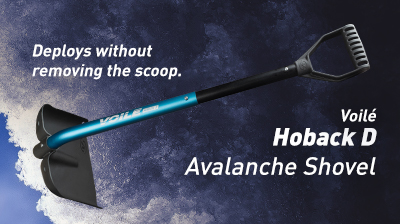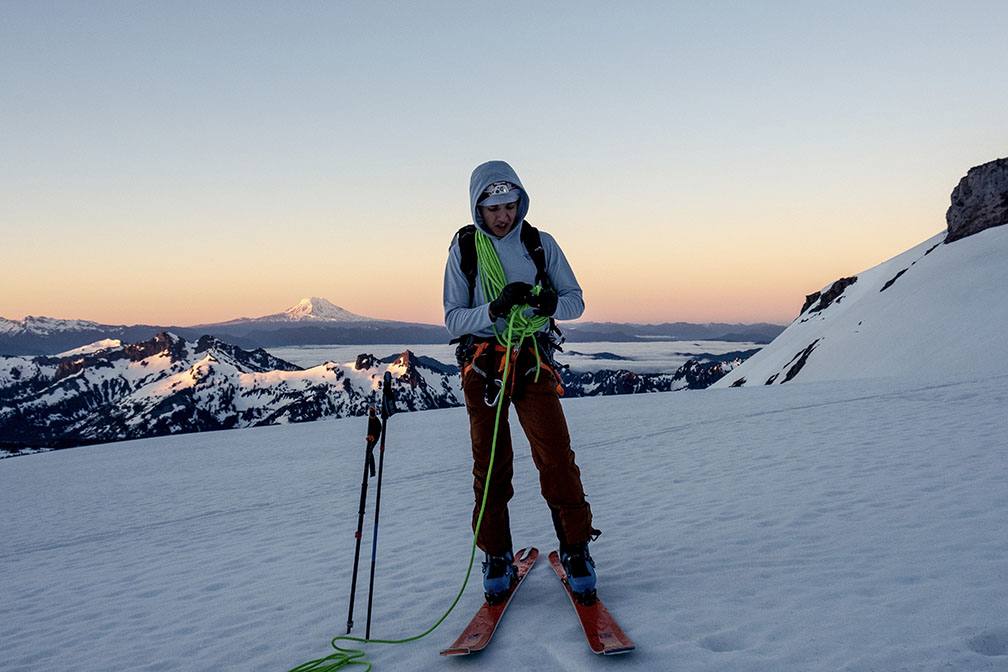
The Gift of Water: Resistance, Reclaiming, Renaming Mountains
Share this Post
Climbing, contrasting cultures, and the Creator
When I was a little kid I loved to climb trees. Part of me loved the excitement and adrenaline of free soloing junipers and pine trees in my backyard. The other part of me craved the solitude and birdseye hideout. It was a place away from people, from responsibilities; a place to silently observe the world. I think all my life I’ve been searching for these solitary high places. At first it was the 14,000 feet sacred mountains of the Ute people. To hike I only needed a backpack and boots. It was a simple act for me and yet I am still seen as a pariah of sorts in my family.
In my culture, my family, it is an odd thing to climb a mountain without purpose. My Indigenous ancestors, the Blackfeet and Shawnee peoples, believe that mountains are sacred sources of water and the higher you climb, the closer you are to the Creator. This sentiment isn’t unique to my Native American culture. Many cultures, tribes and ethnic groups around the world see mountains for their sacred connection to the unknown spiritual world. My Italian ancestors too thought of mountains in this way. Even though my family was not understanding of my pursuits in the alpine, I continued to push past the fourteeners, wanting more.
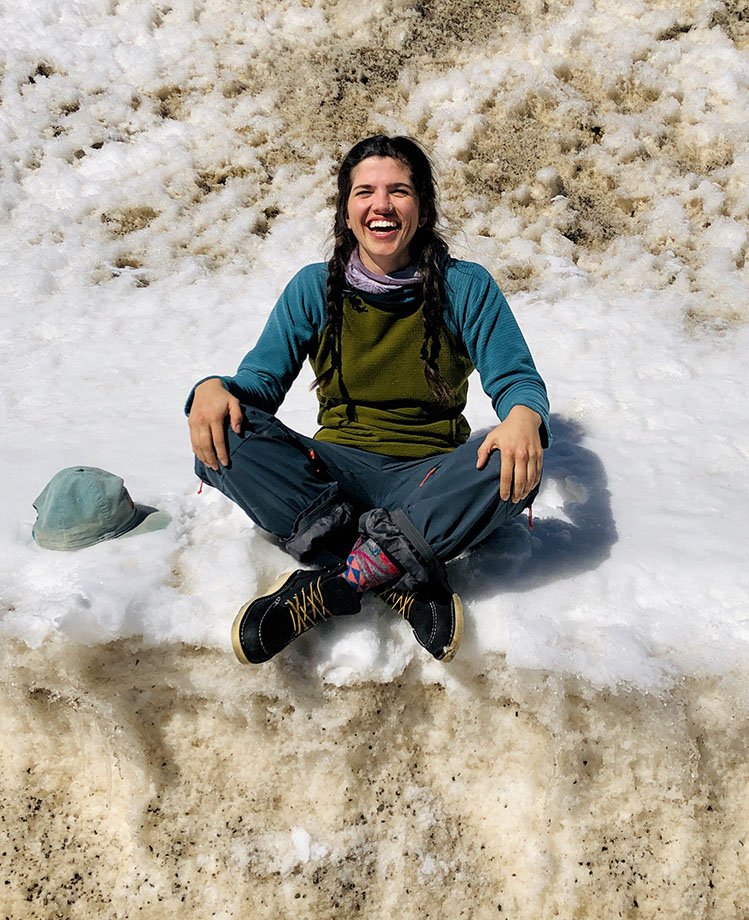
Lifts to the skin track
I grew up on Cheyenne, Ute and Arapaho lands (Colorado), meaning I am no stranger to snow. My parents put me on skis when I was just barely old enough to hold my body upright and my Dad pushed me down the mountain, my pink hand-me-down goggles bobbling loosely on my face. I loved the feeling of the cold air freezing my nostrils and tickling my earlobes.
It became very apparent to me that I loved skiing off the solitary high places, just as much as I loved getting up to them. First, it was ski lifts and then I wanted to backcountry ski. I worked 40 hours while taking 18 credits to buy my very first pair of touring skis and bindings. I had no idea what I was doing and I purchased the heaviest powder skis I could find. Before I knew it, I was learning all that I could about avalanches and the wonderful world of earning your turns. My brain began to race and I started to learn more about pursuits in the alpine. I could hike up mountains with my skis, and also ski down? One step further; I could hike, climb, and ski all in one glorious day? Ski mountaineering was slowly and strongly calling my name. After exploring Colorado for 23 years, I began to look for new adventures. By accident, almost, I stumbled upon the volcanoes of Washington.
Volcanoes, vert and varying access
The first image that comes mind for myself and many others when they book a flight to Seattle is what settlers call Rainier. I refer to Rainier as ‘He’ paying respect to the many tribes of this area who treat and view Him as a respected being. He is a volcano that I first learned of as a geography major in college. I learned the disaster risk He poses as a volcano and from a geographical perspective, exactly what makes Him so unique and so difficult to climb. At this point in my life, I had been up to 14,000 feet 32 times. Gaining at most 4,000 and some change feet of elevation. In Colorado we start our alpine adventures at 10,000 or 11,000 feet, I’ve lived at 5,030’ my whole life.
In Washington, the gain is very different. When I climbed Pahto (Mount Adams) we started at 5,562’ and went up roughly 7,000′ vert total. Kulshan (Mount Baker) is around 5,000’ depending on the route. Any way you slice it, if you’re summiting a volcano, you’re gaining some intense vertical. For Takhoma (Mount Rainier) you head from 5,420’ up to 14,411′.
This peak is different for more than just it’s elevation gain. He also requires a lot of gear, meaning the access is selective to those with money and time for adequate physical fitness. Climbing a tree as a six-year-old costs $9.99 for dime store flip flops that I’d inevitably destroy on the harsh bark. Hiking up the fourteeners in my home state cost about $100 for hiking boots and $50 for a backpack. To get up a volcano, I needed much more than flip flops, boots and a pack.
My people believe in gifting. The biggest gift I can give is to take someone climbing or hiking in my home. It is a gift of the highest order to my people to be an invited guest on someone’s ancestral homelands. I am not from Washington state, but the lush green lands have attracted me for some time. However, it wasn’t until I was an invited guest on these lands that it felt right to be here. Not until it was gifted to me to be taken up a volcano did it make sense for me to do so.
As many stories start, me getting here starts with curiosity and a little bit of love. The curiosity comes from, well to be transparent, Colorado is all I’ve really known and I wanted to be by the ocean for once. To get to know Her and all that She has to teach. I also met an Indigenous mountain guide, Cal, who gifted me his knowledge of Washington, his Native home, but I’ll get back to that later.
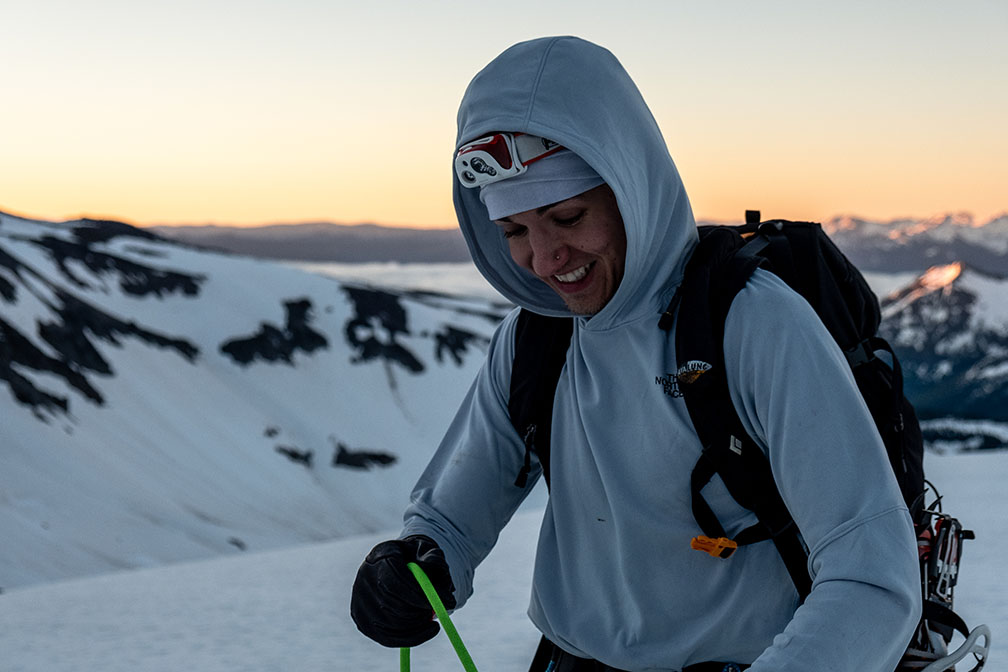
Importance of Indigenous names
I have a really weirdly spelled name, or at least to most people that try and pronounce it I do. I get all sorts of pronunciations; mishelly, michelle, michael, mi-chel-I, mikayla. None of those names are mine and although I’ve gotten used to responding to them they’re still not me. It’s the people that really know me, nurture me, and love me that know my true name. They see Micheli and know Mic-Kay-Lee without second guessing.
I think of this when I hear the Indigenous name of a peak versus the settler name of a peak. For those of you that may not know, the mountains we lay our eyes upon today all had names before the ones you see printed in mountaineering books or on maps. The true names of these mountains come from the original people that STILL care for, love, and nurture them. The names of these mountains matter in the same way that my name or your name matters to you. Although the commonly known names of many peaks around the United States and Canada have come from settlers, I’m focusing on the names of the volcanoes in Washington for now.
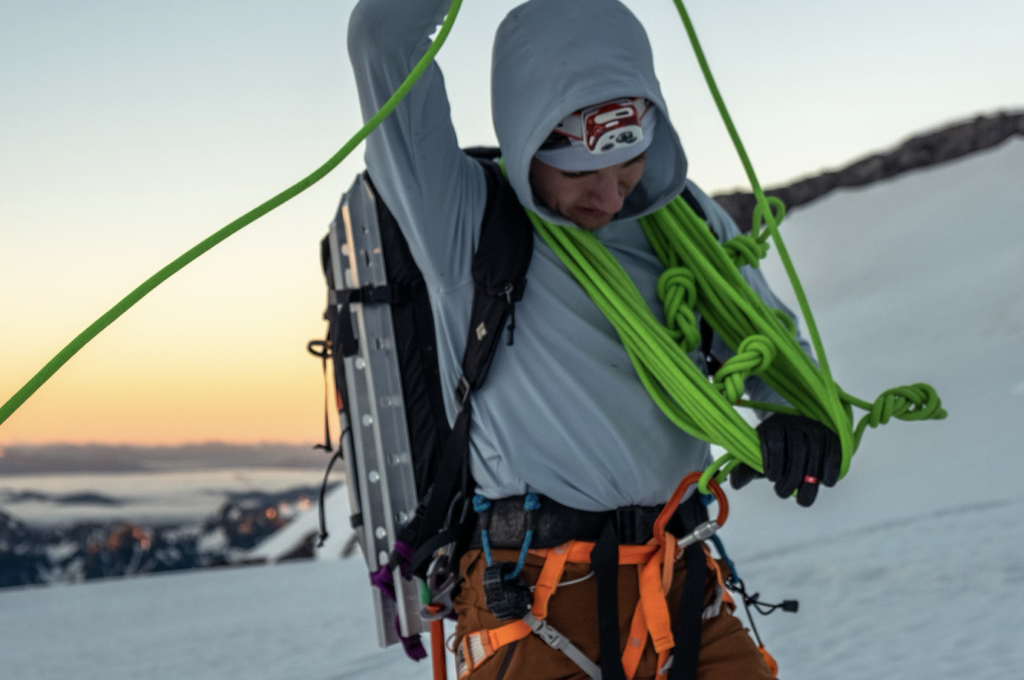
Mount “Rainier” was named after Admiral Peter Rainier in 1792 by Captain George Vancouver. The volcanic cycle and the formation of Rainier, however, began roughly a million and a half years ago. The people who’ve been looking upon Takhoma have been there a millenium too. The settler name Rainier is like giving a 90-year-old man a brand new name. Then putting his parents in boarding schools or systemic oppression for speaking his true name. My ancestors and the ancestors of the peoples near Takhoma were shamed for speaking that nasty Indian language of savages, their mouths washed with white soap and their Indian-ness shamed.
The Indigenous peoples from all over Washington can, today, lay their eyes upon this 14,411 foot being. They remember their peoples stories and culture that are born with Takhoma, Kulshan, Pahto, Wy’east (Mt. Hood), Lawerlat’la (Mt St Helens) and the countless other mis-named peaks. Settler-named mountains are beacons of misrepresentation, of colonization, a constant reminder that the peoples of these lands do not matter.
Circling back to Cal, the Rainier guide, his people are some of those Indigenous folx that have been looking upon the volcanoes of what is today Washington for a millennium. He comes from the Yakama and Grand Ronde Tribes and to his people, Rainier is Takhoma or Tahoma. Hearing this true name, to me, flows easily, in the same way one’s Native tongue flows from their lips. Takhoma in his culture is not an ‘it’, but a ‘He’ and a source of many folklore stories that highlight the importance of Takhoma to the first peoples and this land. Not merely something to summit or pretty thing to name after a comrade, but an entity of ‘ko’, meaning water. The caretaker of these lands and all that live on it. When I see Takhoma now I see what this name means, “creator of water.”
There are many Tribes around the Pacific Northwest that see these great, glacial volcanoes as sacred sources of water and entities of respect and reciprocity. Each tribe, nation and peoples have their own stories and names for them. There is no ownership of land, mountains, trees, plants. The same is true for the Blackfeet and Shawnee peoples and the way I was taught to see the world. Cal’s people see Takhoma with respect and yet, as Indigenous descendants, we are not perfect in our actions and ways of seeing the world. Cal’s ancestral knowledge of interaction with these peaks is different from hiking, mountaineering, and skiing. As such, we are learning how to be in what seems like two worlds: a whitewashed world of being outside and an underprivileged world of our people.
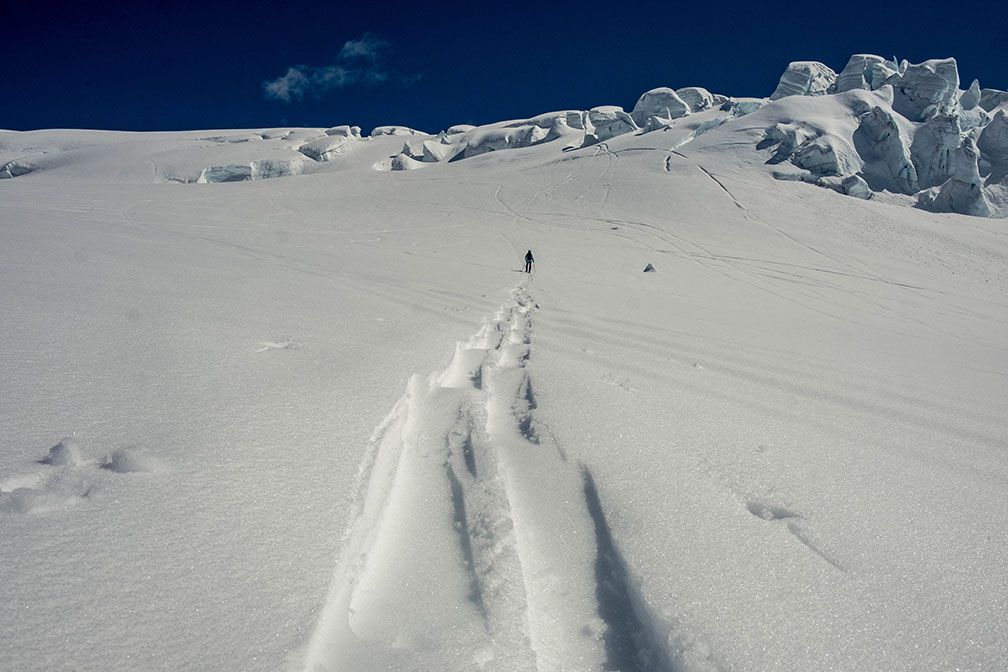
Lessons from childhood
I talked earlier about my desires for more. Some call it peak bagging; a pursuit to get to higher and go further. With each peak I summited back in Colorado, I took a step further from what my mom and dad taught me as a kid climbing trees. My mom encouraged me to hunt for fairies. Real or not, looking for fairies forced me to see the forest for all its small beauties. My dad taught me to be able to sit still, smell and look. We would camp and all that mattered was being with our relatives both human and more-than-human.
As I grew older, I began to metaphorically and physically distance myself from what I knew instinctively as a child. As I climbed further and further away from the trees, I forgot that climbing was not in pursuit of reciprocity; it was in selfish pursuit of gratification and glory, a way to never be satisfied. This need to be satisfied, a sort of thirst that could not be quenched destroyed some of my friendships and relationships. Whether it was me choosing the alpine over my relations, or if it was my relations choosing the alpine over me, I can’t quite narrow down the moment of when this realization hit me. But somewhere along the way I realized that these selfish pursuits were toxic and did not respect the alpine I loved. The higher I got in the alpine, the further I got from my people, my truth and my happiness. The more peaks I bagged, the more respect for the small spaces in forests was lost.
Eventually, I stepped away from it all. I didn’t understand how to be Indigenous and to climb at the same time. How could I fight for the sovereignty of my people, while also summiting and pursuing selfishly? It was with Cal that I learned about renaming and reclaiming. We learned together how to be Indigenous and to climb. We learned how our existence on sacred lands that somehow excluded our people after colonization was a form of resistance.
Resistance. Reclaiming. Renaming.
It matters to us.

Navigating a pandemic
After quarantining February through most of May in my home in Colorado, Cal’s home was calling him back. Cal and I planned our journey to his home, talking continually about being safe and ethical amidst a global pandemic while also keeping ourselves sane by reconnecting to the land. We are both people of the land, even if it is different environments. Being outside is how we breathe and so back to the land we went.
Pahto, to the Yakama Nation, known to settlers as Mount Adams, is a sacred place very close to Cal’s home. It is a peak he’s been up and down many times; a place he has cultivated a relationship with. While I will never understand the way he sees his people’s sacred peak, it is his gift to invite me to climb it with him; to learn of Pahto. It is a gift not to summit or to peak bag, but to learn of Her/Him and then to celebrate and sit in ceremony, as Indigenous peoples do. To me, the dancing of skiing is the celebration of the ceremony that ski mountaineering has become. With each push forward of our skis up Pahto we began to learn more of ourselves and Cal taught me of his people and we listened to his ancestors. The quiet high place was no longer a hide out for me, but a place that I could look upon sacred lands and know that they are looking up to me as well. A form of eye contact unique to a plateau and a volcano.
Skiing sacred summits
I’ll never forget his face as we transitioned from climbing to skiing and his skis cut through the epic corn down the southwest chutes of Pahto. We danced together in Cal’s home, on his people’s sacred lands.
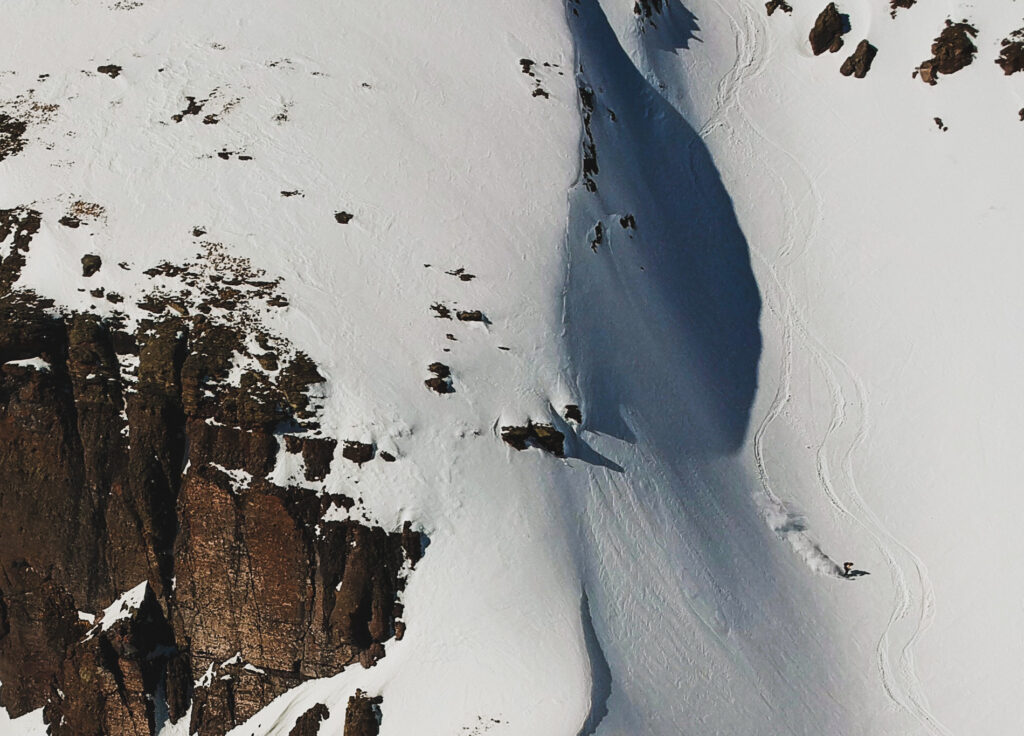
After Pahto we got to know Kulshan, to settlers Mount Baker. The weather wasn’t in our favor, Kulshan wasn’t ours to conquer, but it was a gift to be with Her for the day. Any mountaineer from any ancestry understands that the mountains make the decision. Around a week later, a weather window opened up with near-perfect freezing levels to climb Takhoma. At the ripe hour of 2 a.m., we began our ascent. With each step we were getting to know an entity we will never fully understand, but grew to respect immensely.
Every step forward reclaimed what it means to us, to climb as an Indigenous people. This was deeply personal, as even among indigenous peoples opinions vary. Some of our relatives still believe we have no business being on Takhoma. I can’t say I agree or disagree. Cal once said to me, “The settlers descendants are doing it, why not us?” This echoes around my head constantly in those moments of doubt and I think about Cal’s face as he danced with his homelands. I think of the people who were here a millennium ago as I look out upon the plateaus, plains, or the ocean. I think of the current caretakers who are looking back. I think of the way it makes my best friend Connor Ryan of the Lakota people feel to ski, how it heals him as he dances and reclaims his ceremony. With respect and reciprocity, why not us?
And so up to Takhoma we went, with respect and reverence in the spirit of resistance, renaming and reclaiming.
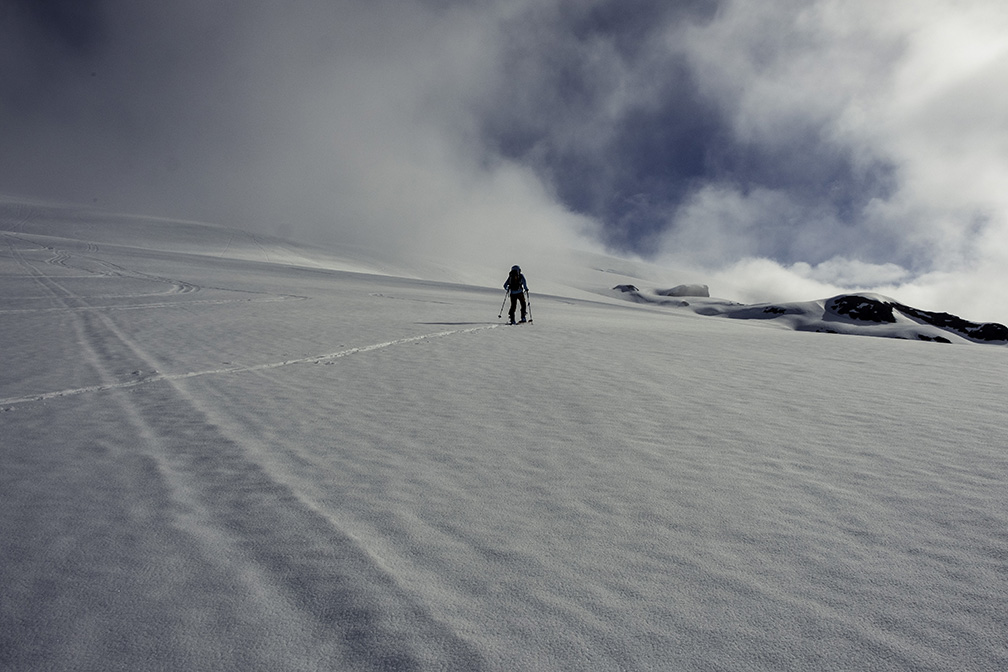
About the Author
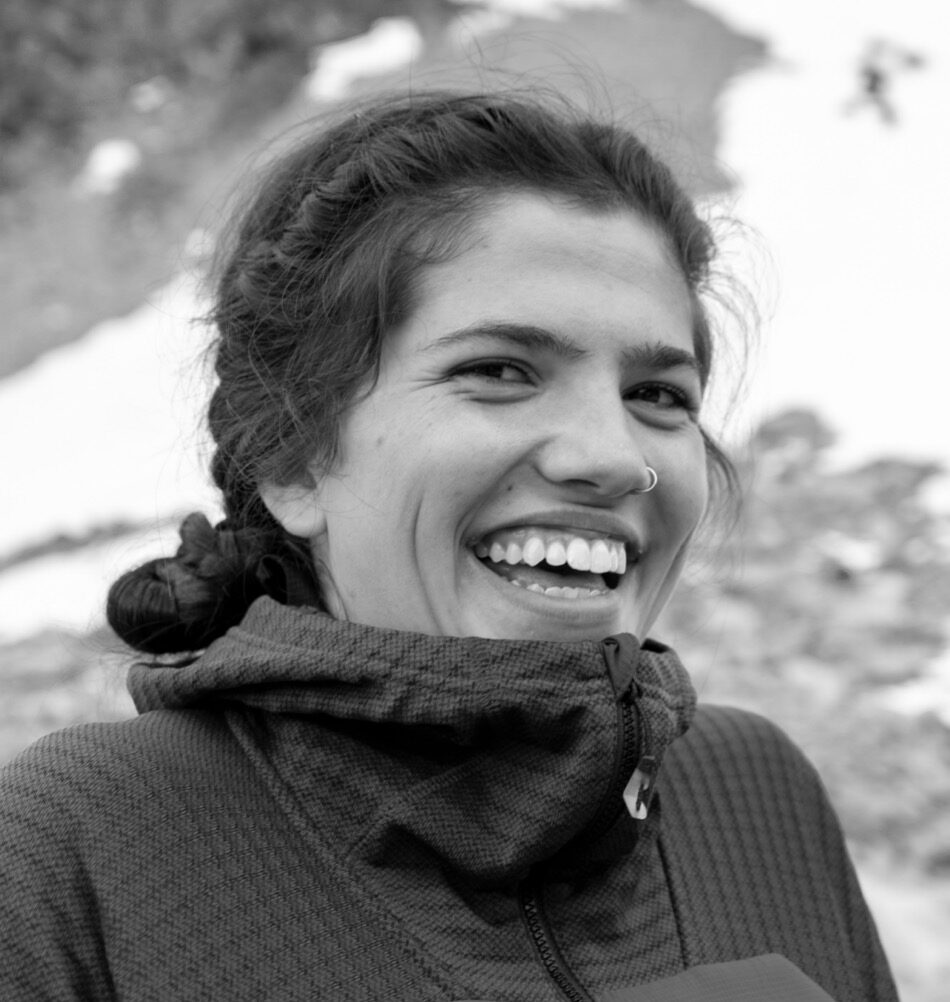
Micheli Oliver
Location: Coast Salish, Lummi and Nooksack peoples’ current and original territories
Skis:
Instagram: @micsteeze / @loudmouthvisuals
Micheli (mik-kay-lee) is a photographer and mountain athlete. She was born and raised on Cheyenne, Ute and Arapaho lands, also known as Colorado. She grew up cultivating a deep love and compassion for alpine environments and her first love was skiing. As a kid, her parents took her up to resort ski as much as they could afford and in her giant pink goggles and too big ski suit, she learned to ski and began to love going fast. After getting into park skiing and sustaining significant shoulder and heel injuries, Micheli took a long break from skiing and decided to pursue lacrosse collegiately. That, of course, only led her back to Colorado, the mountains and to skiing. She began to backcountry ski in her third year of college after quitting lacrosse and immediately fell in love with the silent, sometimes sufferfest, of earning your turns. She is currently living on the Coast Salish, Lummi, and Nooksack people’s current and original homelands, also known as Bellingham, Washington.
Her love for the mountains and for skiing, however, comes from ancestral respect for sacred lands. Micheli is a descendent of the Blackfoot and Shawnee peoples of what is today known as Montana and Missouri. In both cultures her ancestors had and her people still have a deep reciprocity with flora and fauna relatives alike. Her Dad taught her to respect the land and her Mom taught her to see the land for more than just meets the eye. Her parents’ ceremony on the land is to camp, hunt, and fish with their family. Growing up Micheli camped, fished, and even hunted some, learning how to be on the land with minimal impact and creating relationships with all more-than-human relatives. She later decided that her ceremony is to ski, climb, and mountaineer. She began to push herself in all three during college and then fell in love with the art of skiing and climbing photography. Micheli found that in order to take pictures of incredible athletes, you have to keep up with them. It is her passion to combine her love of athletics in the outdoors, her love for art, and her camera, as well as the respect and reciprocity her ancestors and her culture has taught her. Access to ancestral homelands and the ability to enjoy these sacred spaces is a privilege that she hopes to pass on to the Indigenous youth. She is a caretaker of sacred land and advocate for Indigenous sovereignty first, and a skier second.
Share this Post



